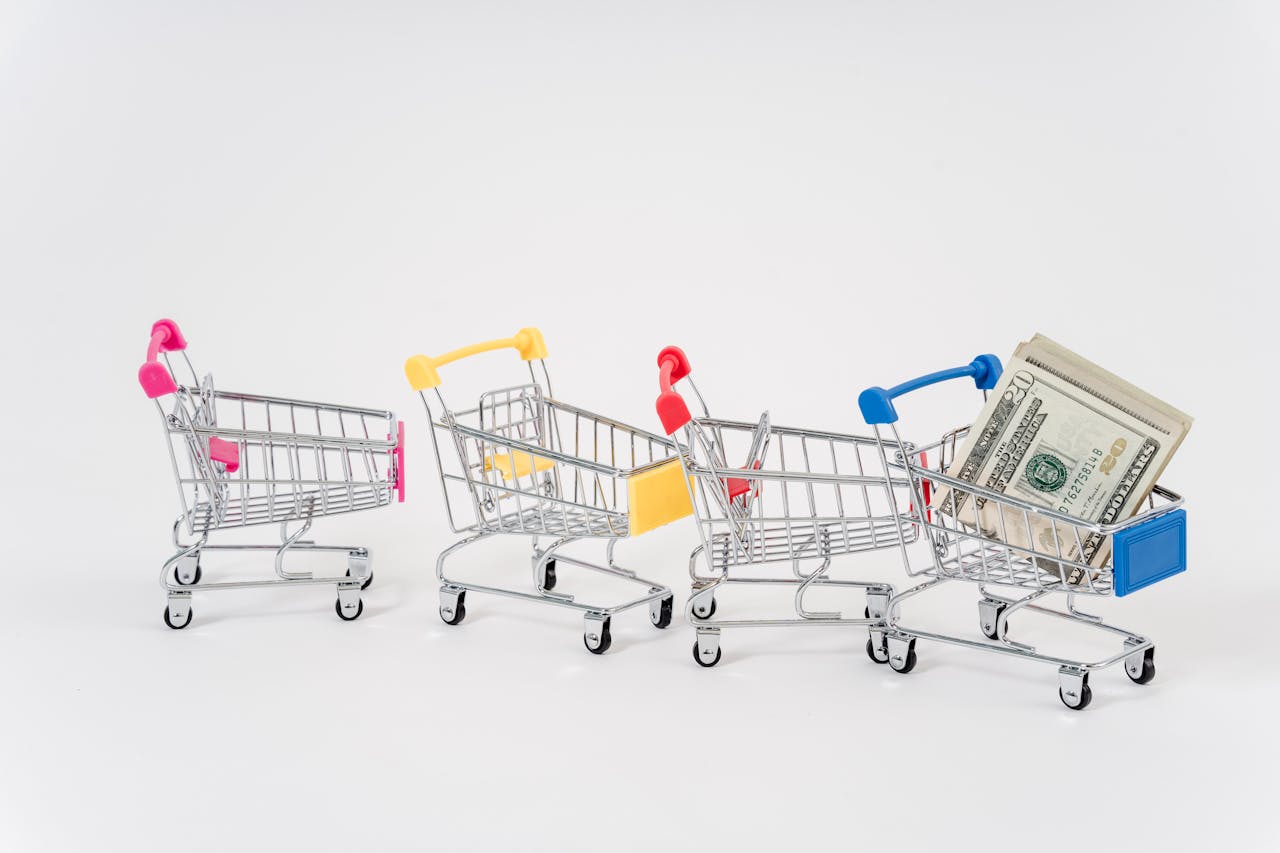Retail marketing strategies are a guide for businesses in how to achieve the goal of increasing sales, enhancing consumer engagement, and standing atop the competition game. Ten effective retail marketing strategies that can boost sales include:
1. Omnichannel Retailing
Omnichannel retailing pairs various physical and digital channels with a single intent: to enable a harmonized shopping experience. It lets the retailer present consistent service and information to all customers where they shop: in the store, online, or via mobile apps. All touchpoints will be connected to better track customer behavior and adjust promotional efforts.

2. Personalization
Personalization deals with the handling of the shopping experience against the preferred and behavioral dimensions of individual customers. Data analytics helps retailers offer a product at the right time by providing targeted marketing messages aimed at maximizing customer loyalty and, ultimately sales.
3. Loyalty Programs
Loyalty programs are designed to reward the frequent shoppers; that is to say, the goal of the loyalty program is to retain a customer in order to keep shopping with a brand. Most loyalty programs allow the accumulation of credits or points or redemption of rewards or special offers and deals. Therefore, loyalty programs, through an appreciation loop, increase both retention and the lifetime value of the customer.
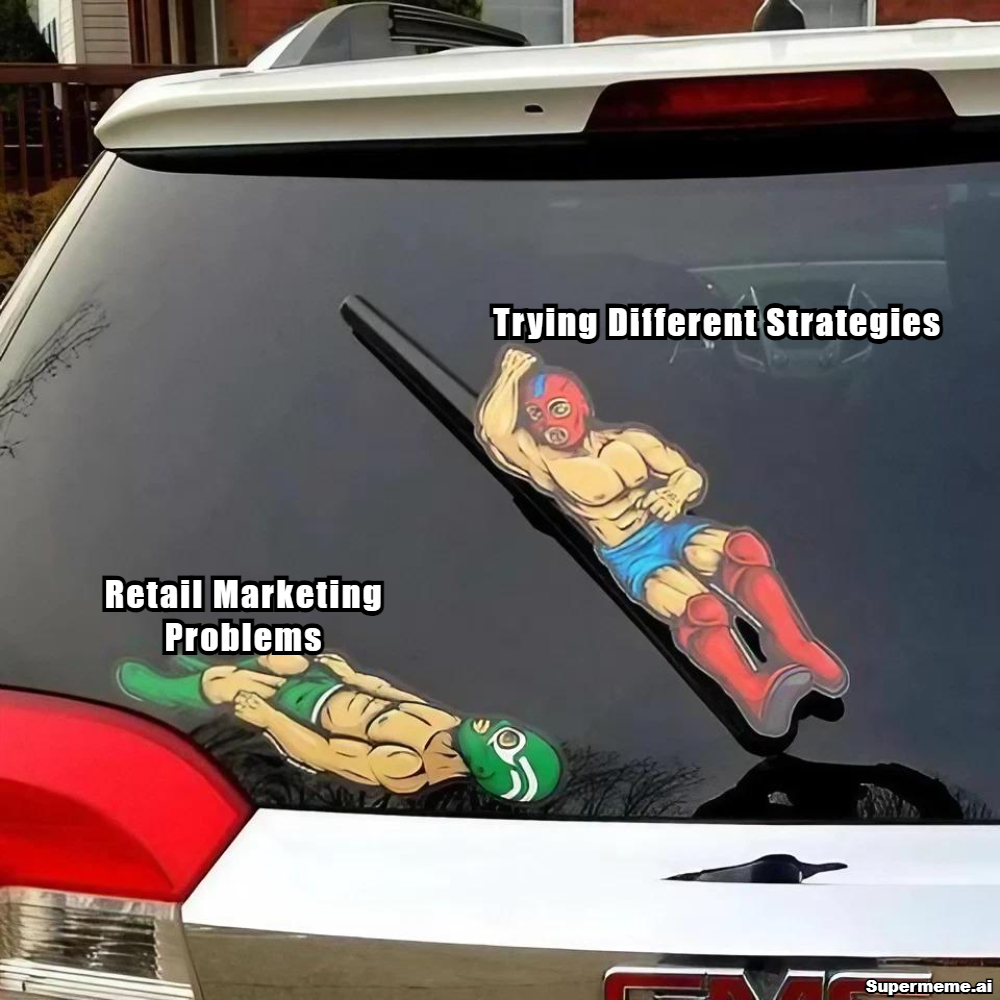
4. Influencer Marketing
An influencer is a partner who develops a relationship with other people with a high online presence. Connecting with the right influencers will help you to promote the products, which may reach an enormous audience. Many strategies can be used to increase brand awareness, reach new audiences, and collaborate with influencers that resonate with the target market. Through collaboration with influencers, retailers increase their brand’s visibility, boosting sales.
5. Dynamic Pricing
Dynamic pricing changes that retailers undertake to affect prices when there is high demand in the market and competition. This strategy uses algorithms to optimize prices for real-time situations so that they are able to set prices at competitive markets with maximum margins of profit without compromising on either of the factors. Dynamic pricing proves exceptionally effective in e-commerce settings where price sensitivity is on high.
6. Gamification for Customer Engagement
The gamification concept is the integration of game elements into a shopping experience to elicit a reaction, loyalty, or even interactions. Reward points or contests/leaderboards may help drive repeat purchases and overall improve the shopping experience. Besides how it makes shopping fun, gamification in actuality, rewards customers to return time and again.
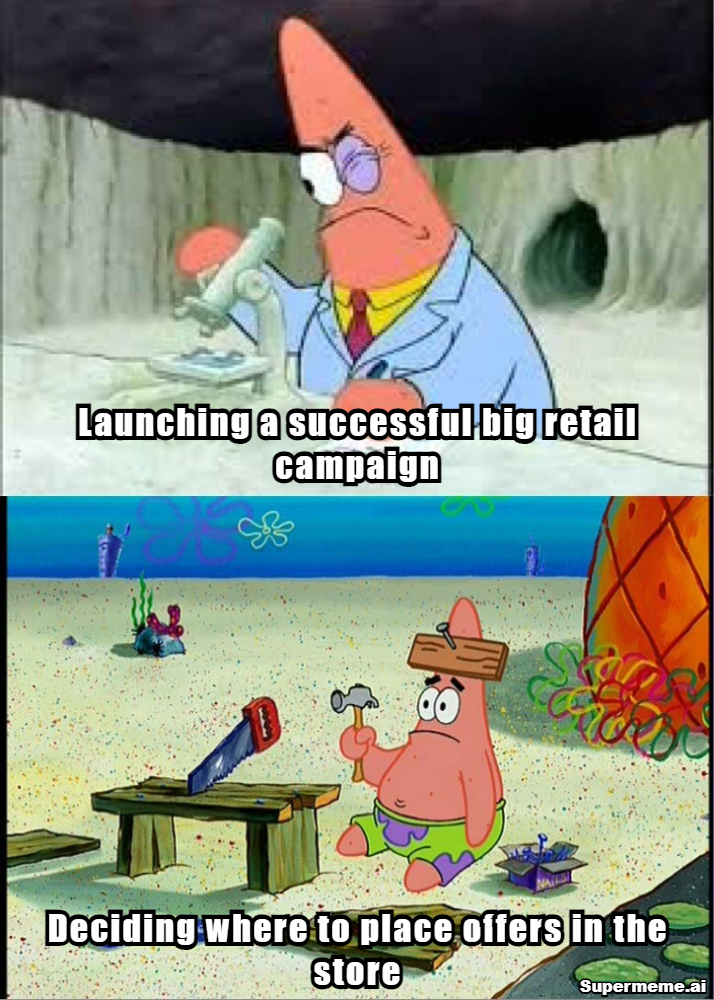
7. Interactive Product Visuals
Interactive product visuals, in the form of virtual or augmented reality, enable customers to see the product before purchasing it. Such technologies may create an immersive shopping experience that will lead to more sales and lower returns, depending on the type of industry, such as fashion or furniture.
8. Social Media Marketing
Customers engage and promote their products through social media. Retailers make use of these websites to put their products on display, share sales, and build a community that surrounds their brand. Through social media marketing, brands, and business becomes popular and takes consumers to either online or offline stores.

9. Sustainable Practices
Sustainability becomes one of the factors that customers use when making buying decisions. Those retailers, that emphasize sustainability and can communicate through clear information about the sustainability efforts undertaken by them would obviously have a better competitive advantage, and customer loyalty can be increased.
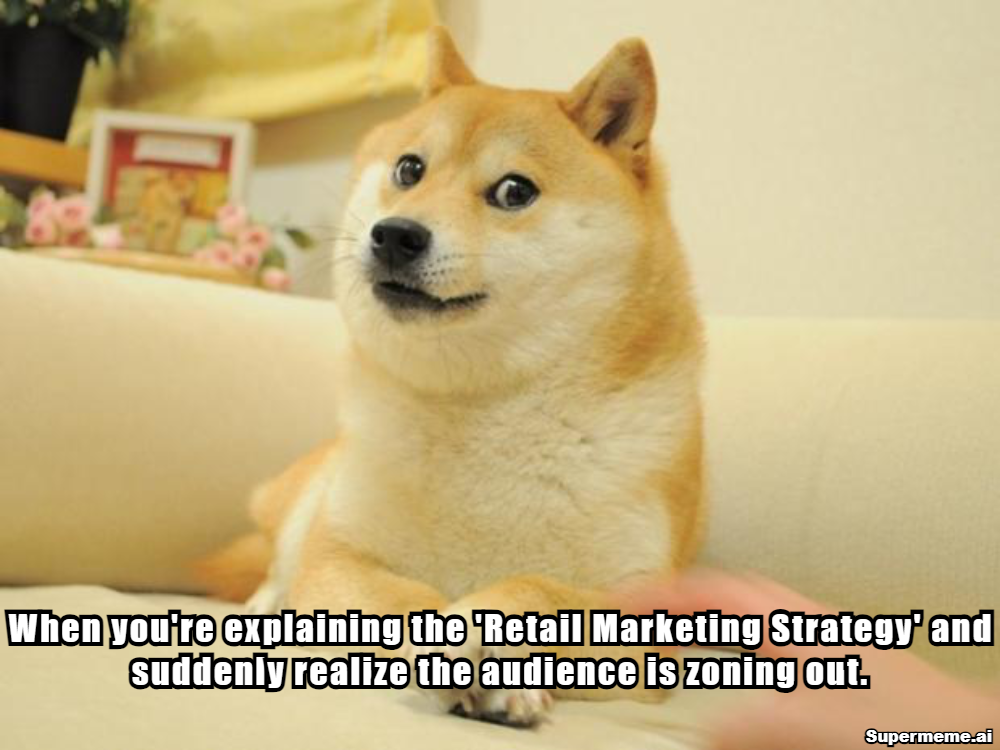
10. In-Store Experiences
Producing memorable in-store experiences makes a retail brand stand out and drives repeat traffic; this involves interactive displays, events or unique visual merchandising that enhances the shopping environment and increases dwell time in-store.
Strategy |
Description |
| Omnichannel Retailing | Integrates multiple channels for a seamless shopping experience |
| Personalization | Tailor shopping experiences based on individual preferences |
| Loyalty Programs | Reward repeat customers with incentives |
| Influencer Marketing | Partners with influencers to increase brand awareness |
| Dynamic Pricing | Adjusts prices based on market demand |
| Gamification | Uses game-like elements to engage customers |
| Interactive Product Visuals | Provides immersive experiences with VR/AR |
| Social Media Marketing | Utilizes social platforms for product promotion |
| Sustainable Practices | Focuses on eco-friendly practices to attract conscious consumers |
| In-Store Experiences | Enhances physical store visits with unique experiences |
These strategies collectively provide a very persuasive retail marketing strategy that can help increase sales. Together, they can also improve customer satisfaction and loyalty. In this dynamic retail landscape, these strategies will allow retailers to navigate well and have continued growth in their sales performance.
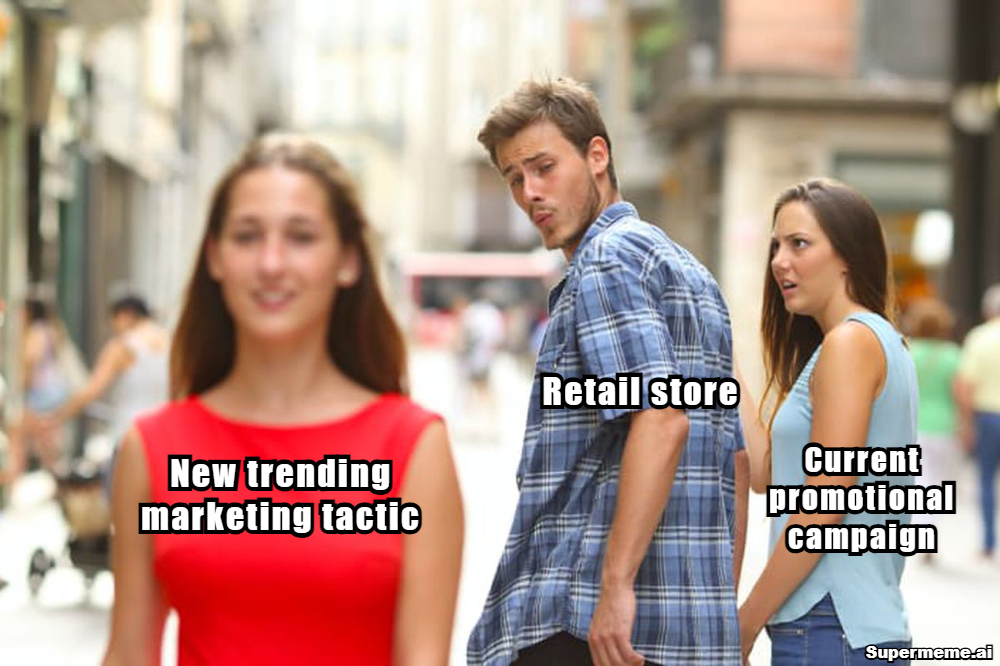
Conclusion
Types of retail marketing strategies listed in total portray an all-rounded approach to adding sales and strengthening interactions with customers. These involve omnichannel retailing, personalization, and loyalty programs so that consumers’ needs can be both availed and responded to. Sustainability and unique in-store experiences support consumer values. With the ten retail marketing strategies, businesses will be able to productively exercise and fight through the competitive nature of the retail environment, therefore sustaining growth.

